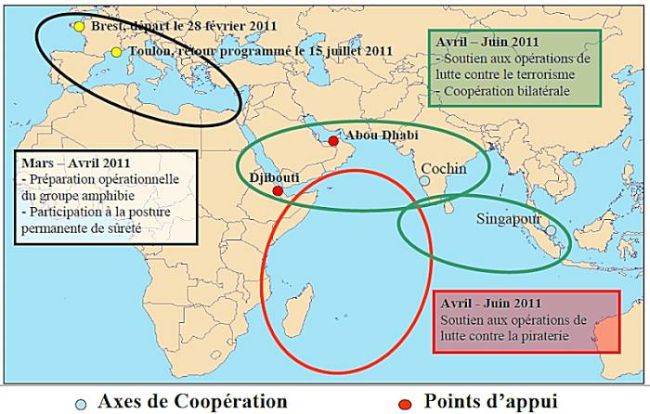WASHINGTON, Jan. 4, 2011 — A Navy program is equipping service members and their families with the skills they need to weather the psychological and physical challenges bred by a decade of war.
Project FOCUS, or Families OverComing Under Stress, bolsters communication and coping skills among families impacted by multiple deployments and the visible and invisible wounds of war.
“Families make such sacrifices to support service members and their country,” said Kirsten Woodward, family programs division director for the Navy Bureau of Medicine and Surgery. “It’s important for us to support families in the same manner in which they are sacrificing.”
Navy officials created the program in March 2008 after observing the growing effects of wartime stress on family members’ psychological health. Little research had been conducted on the impact of war on families up to that point, Woodward noted, but what they could find indicated a growing need.
“Back in 2007, we started noticing the effects, and knew it was important to take a look at preventing families from going into health crisis,” she said. “We wanted to develop something that would be meaningful and build resilience and health.”
Officials designed the program to address the family as a whole, taking into account the community they live in and the military support systems at their fingertips. As a result, the program comprises three parts: an outer and inner tier and a bull’s‑eye.
The outer tier, Woodward explained, focuses on providing information and awareness to the communities in which military families live and work. The program educates community members –- including social services, family service providers, medical services and schools — on the stressors military families confront and how the community can best support them.
The inner tier is centered on educating and building coping skills among service members and their families, Woodward said. The program provides information on potential stress factors and the skills that can mitigate the impact of multiple deployments.
The program’s center, or bull’s‑eye, is the intervention piece, she said. In this segment, families needing extra care undergo eight to 10 individual training sessions aimed at helping them work through issues. The process starts when a family comes in seeking help.
“It can be a kid acting out or a mom or dad acting disengaged,” Woodward said. “We get everyone on a shared language and shared understanding.” Experts take the family through the deployment timeline to identify when issues arose, and to “get everyone on the same page,” she explained. They look at family history, the source of family distress and areas of potential change.
Families are taught emotional regulation so they can better understand their emotions and how to communicate them, active listening, problem-solving, goal-setting and how to manage deployment and combat stress reminders.
The color-coded stress continuum is a popular program tool used to aid communication, Woodward said. Family members learn to describe how they’re feeling in terms such as green, orange and red.
“A child may not be sure how to say, ‘I’m scared,’ or ‘I’m missing dad or mom,’ but may be more comfortable saying, ‘I’m in the red,’ ” Woodward explained. “It’s a language they can plug into.”
Or, a mom who is having a bad day at work can say she’s feeling orange when she comes home, Woodward said. By doing so, the children will know that mom isn’t mad at them, but simply needs some decompression time. “It’s a great skill-set to quickly and readily use,” she said.
The program takes all facets of health into account, Woodward said. Experts may ask chaplains to step in to help a family in spiritual distress. Or, they can refer family members to services that address physical or psychological fitness.
The goal is to provide families with the tools needed to address issues long after they leave the program, Woodward said.
To reach the broadest base of families possible, officials offer onsite and online program options.
The program was instituted two years ago with seven sites and has grown exponentially since, Woodward said. It expanded to 14 sites within the first year and has now reached 23 sites militarywide. Each site includes about three to five experts — including psychologists, social workers and therapists — as well as a site director, and are collocated on bases and in family friendly environments, such as family service centers or chaplains’ offices.
For the online option, military families can visit the project’s website at http://www.focusproject.org, Woodward said. In a Web-based training application called “Focus World,” people can create an avatar family and go through the program’s components virtually. This virtual application is particularly useful for reserve or geographically separated military families, she added.
The program is open to Navy and Marine Corps families, as well as families of the Army and Air Force, both active and reserve.
The feedback from participants so far has been positive, Woodward said, with parents reporting a greater understanding of their children’s needs, increased resilience and a greater sense of support.
“Families are what we come home to at the end of the day,” she said. “It’s important for us to look at our families, our children, and make sure they’re being supported in every way we can.”
Source:
U.S. Department of Defense
Office of the Assistant Secretary of Defense (Public Affairs)

 von
von 